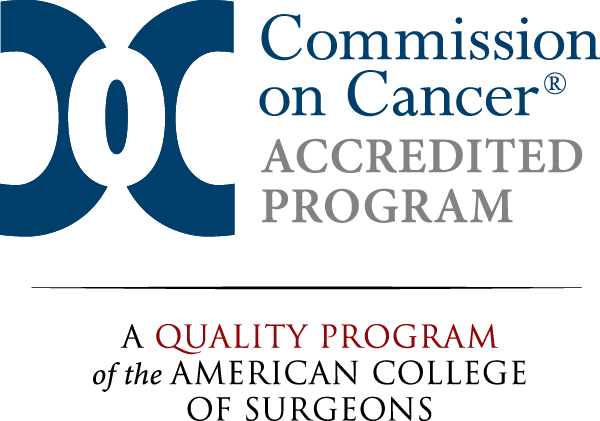Routine Breast Screenings
There are several different types of routine breast cancer screening tests.
You may be scheduled for one or more of the following screening options:
- Mammogram – This test is the best tool available for the detection of breast cancer. It can often identify breast cancer before symptoms appear. If you're at increased risk for the disease, you should have an annual mammogram beginning five to ten years younger than the age of the youngest member of your family who had breast cancer. As a participant in our program, our staff will suggest an optimal time and interval for your mammograms.
- Clinical Breast Exam - This is a thorough physical examination of your breasts done by a physician or nurse practitioner. It is recommended every six to twelve months if you are at high risk.
- 3D Mammogram - Like a mammogram, but shows the breast tissue in multiple layers. It’s helpful in assessing women with dense breast tissue.
- Breast Self-Exam - This exam may be helpful in identifying breast abnormalities and should be performed monthly about one week after the end of your period.
- Breast Magnetic Resonance Imaging (MRI) – In the case that extremely dense breast tissue makes mammography difficult to interpret, we often recommend an MRI. As a screening tool, an MRI should not be used alone but in combination with mammography. While an MRI is an additional technique for imaging the breast, is not always covered by insurance providers.
- Automated breast ultrasound (ABUS) is used as supplemental imaging to mammography for screening breast cancers in asymptomatic women with dense breasts.
Learn more about breast imaging.









 Exclusive Health Care Provider for the Worcester Red Sox.
Exclusive Health Care Provider for the Worcester Red Sox.